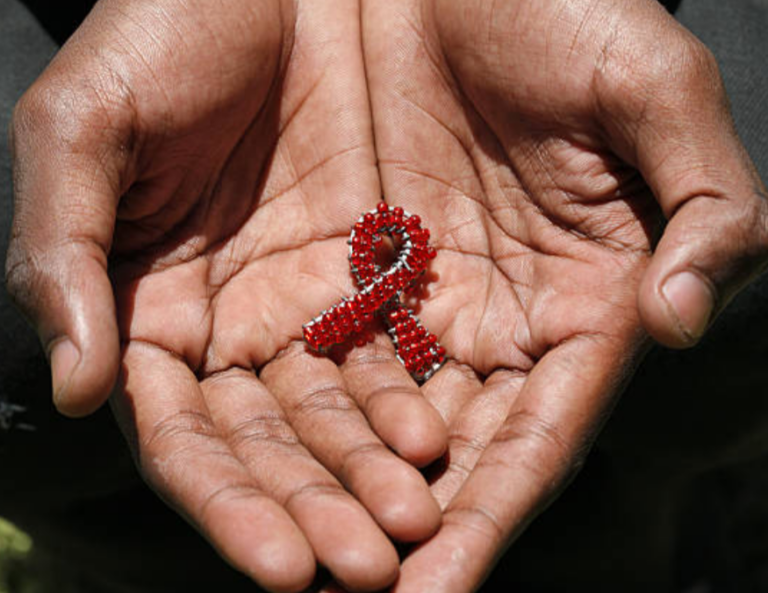
A powerful earthquake hit western Japan on Monday, triggering evacuation orders in several prefectures, trapping people under collapsed buildings and disrupting electricity for tens of thousands in Ishikawa Prefecture, the epicenter of the quake, officials and Japan’s public broadcaster said.
Officials issued tsunami warnings, then downgraded them to advisories, signaling a lower risk of dangerous waves hitting the western coastline. Still, they urged people to remain cautious and avoid going near the coast until the advisory was lifted.
Japan’s Meteorological Agency downgraded its tsunami warnings to advisories, signaling a lower risk of dangerous waves hitting the coast.
Still, they urged people to remain cautious and avoid going into the ocean or near the coast until the advisory is lifted.
Large earthquakes and tsunamis are common in Japan, which sits on the Pacific Ring of Fire, a belt of seismic activity.
Because of that frequency, Japan over the past century has made its buildings among the most earthquake-resilient in the world, capable of withstanding major quakes and remaining functional even in their immediate aftermath.
Through investment, government mandates and an engineering culture finely attuned to seismic risk, Japan has managed to save lives during some of its most devastating earthquakes — and has often implemented new protections after each one.
An earthquake in the Mino and Owari provinces at the end of the 19th century, and the 1923 Great Kanto Earthquake that killed more than 140,000 people, prompted research into sturdier buildings and the introduction of new construction standards.
Over the following decades, every major earthquake in Japan prompted moves to further improve practices and regulations.
© Copyright RawNews1st




